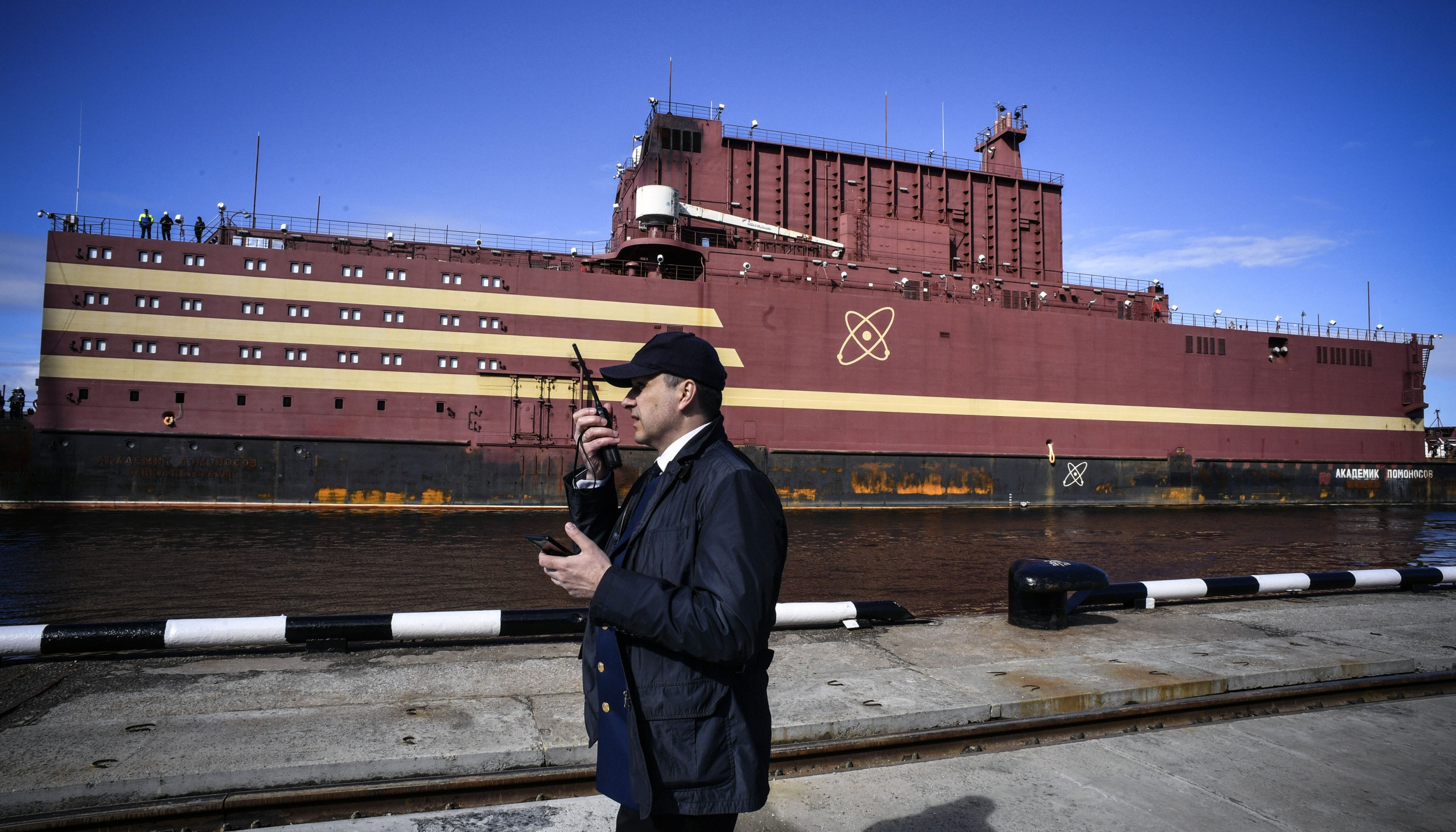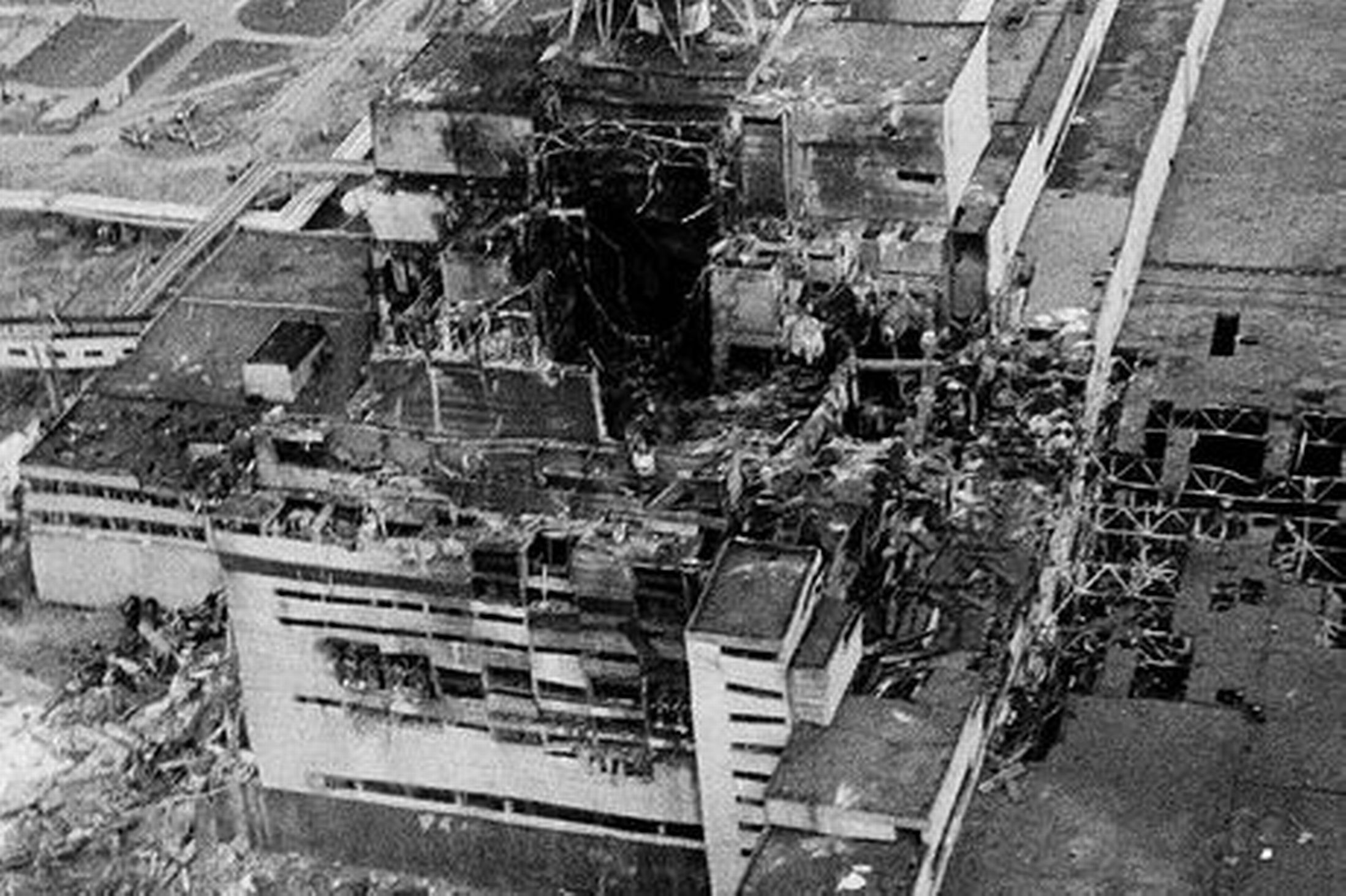

Instead, a deeper concern from the hostile occupation of Zaporizhzhia is that merely being held in Russian hands will lead to denying electricity to civilians in the country. Reactors are designed to withstand many kinds of powerful impacts, like storms and even airliner crashes, so it remains unlikely that an errant shell from a battle would be catastrophic.

Only one of the reactors at Zaporizhzhia was operational at the time of the attack, thanks to regular maintenance outages, controlled shutdowns, and reserve operation. “Ukraine’s nuclear regulator has said it is now having problems communicating with staff at Zaporizhzhya as phone lines, emails, and fax machines are no longer operating.” Plant managers need to get approval for any actions, including those related to reactor operations,” writes Nickolas Roth of the Nuclear Threat Initiative, a U.S.-based nonprofit aimed at reducing nuclear and biological threats. “According to reports, the situation at occupied power plants is bad and getting worse. Doing so under hostile military occupation, while that same military is responsible for attacks on the country, might make such safety procedures impossible, and difficult to verify.

Managing the safety of a nuclear power plant requires technical skill and the ability to properly and thoroughly follow safety procedures. The IAEA noted that the lack of power is also a strain on the staff and guards working in captivity at the facility.īut Zaporizhzhia, a live reactor complex located between Russia’s Crimean holdings and its advancing forces from the declared Donetsk and Luhansk republics, presents a much more striking security challenge than the inactive Chernobyl. A loss of power to the site, reported by Ukraine’s minister of foreign affairs Dmytro Kuleba, could threaten its operation, though the cooling pools should maintain an effective temperature for weeks or months, depending on the estimate. Kyiv remains a pivotal objective of Russian forces in the war, and the road through Chernobyl is one of the most direct paths for forces aiming to encircle the city.Įven decommissioned, important work continues at Chernobyl, like the safe monitoring of cooling pools for spent fuel. The same geographic concerns that situated Chernobyl along the Pripyat River north of Kyiv also suggests why so many tanks and military vehicles had driven by: It’s a relatively cleared, dry area along a highway north of the capital, a traversable break from the surrounding marshlands. “Regarding reports earlier today of higher radiation measurements at the Chornobyl site,” the International Atomic Energy Agency said in a February 25 release, “Ukraine’s regulatory authority said that they may have been caused by heavy military vehicles stirring up soil still contaminated from the 1986 accident.” Chernobyl last produced electricity in the year 2000, but the site is still staffed to manage the work of decommissioning, like sustaining cooling pools for spent fuel rods. 24, Russian forces had captured Chernobyl (“Chornobyl,” in Ukrainian), the long since decommissioned site of the infamous nuclear reactor disaster.

When it fell, Zaporizhzhia became the second nuclear power plant captured by Russia since the invasion began.


 0 kommentar(er)
0 kommentar(er)
